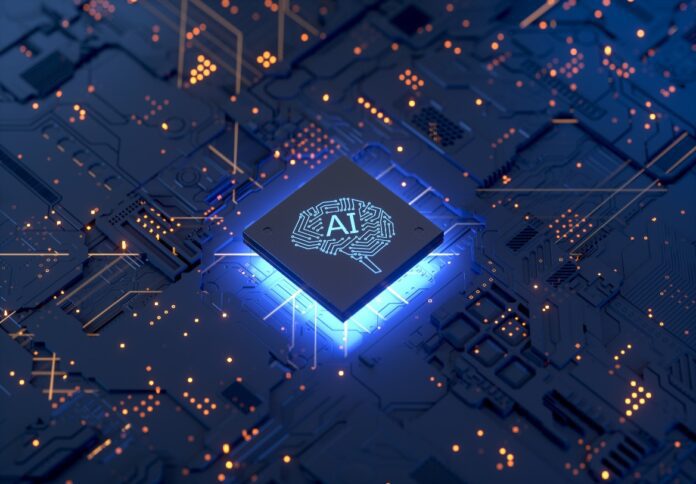
As the world grapples with the challenges of climate change, Australian manufacturers are increasingly recognising the need to reduce their carbon footprint and transition towards a more sustainable future.
With the Australian government setting a clear target to reach net-zero emissions by 2050, small- and medium-sized enterprises (SMEs) find themselves needing to act quickly to stay ahead of the curve. However, achieving net-zero targets can be daunting, especially for businesses with limited resources and expertise.
Lisa Balk, director of sales at GridBeyond Australia, says this is where artificial intelligence-driven energy solutions can come in.
By adopting AI-driven energy solutions, SMEs can not only reduce their environmental footprint but also improve their operational efficiency, reduce energy costs and gain a competitive edge in the market. To achieve this, it is essential to understand the benefits and opportunities of AI-driven energy solutions, as well as the steps SMEs can take to implement them effectively.
The AI advantage for SME manufacturers
AI-driven energy solutions offer a range of benefits for SMEs, from reducing energy costs to improving operational efficiency. One of the most significant advantages is the ability to optimise energy usage across a facility.
In an exclusive interview with Australian Manufacturing, Balk explains that by analysing energy patterns and identifying areas of inefficiency, AI systems can help SMEs reduce their energy consumption and lower their energy bills. This can be particularly beneficial for SMEs with limited resources, as it enables them to redirect funds towards other areas of the business.
“For SMEs, which often operate on tighter margins than larger enterprises, these energy savings can provide a significant boost to their bottom line, allowing them to reinvest in other areas of the business,” said the GridBeyond Australia representative.
In addition to reducing energy costs, Balk says AI-driven energy solutions can also help SMEs improve their operational efficiency.
“By automating energy management and predictive maintenance, AI reduces the need for costly manual interventions and helps prevent equipment failures that could lead to expensive downtime.”
Laying the groundwork for AI-driven energy solutions
Before implementing AI-driven energy solutions, SMEs need to lay the groundwork by conducting an energy audit to assess their current energy patterns.
“This audit will provide valuable insights into where energy is being wasted and where AI can have the most impact,” Balk explained.
Once the audit is complete, businesses can partner with AI and energy solution providers to identify the right technologies for their needs. This collaboration is crucial in ensuring that the AI-driven energy solution is tailored to a business’s specific operations and goals.
Real-world success in steel manufacturing
One Australian steel manufacturing facility has already seen significant benefits from implementing GridBeyond’s AI-driven energy solution, according to Balk.
By utilising variable speed drive motors and robotic trading, the facility was able to trade energy flexibility in the highest revenue markets, earning revenue from the flexibility offered in grid programmes in addition to avoiding peak price power periods and reducing overall production costs.
This implementation has resulted in annual savings of over $3.6 million annually and a substantial reduction in Scope 2 emissions.
Lisa Balk, a seasoned energy expert with over 20 years of experience in driving growth across multiple sectors, including renewable energy, emphasises the importance of embracing AI-driven energy solutions to achieve a sustainable future.
BY adopting these innovative solutions, Australian SMEs in manufacturing can stay ahead of the curve and play a vital role in shaping a more sustainable future for the country.




















